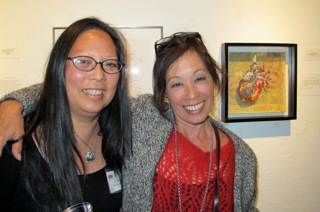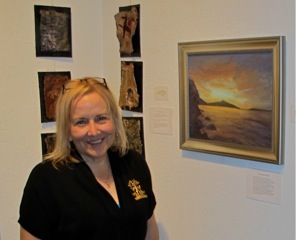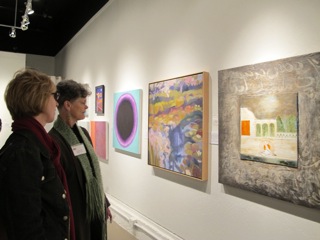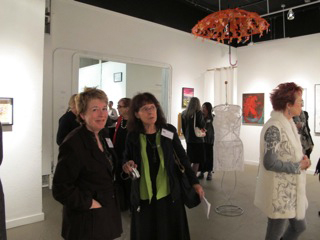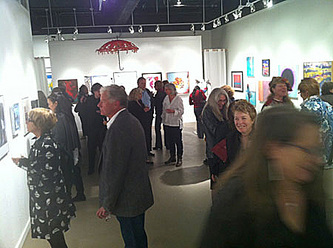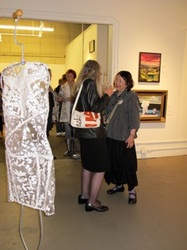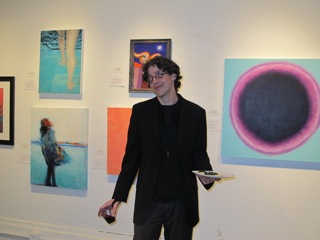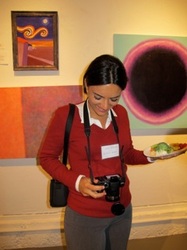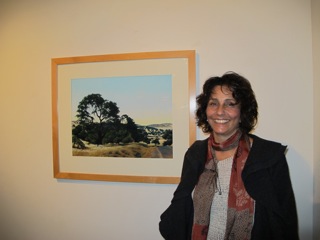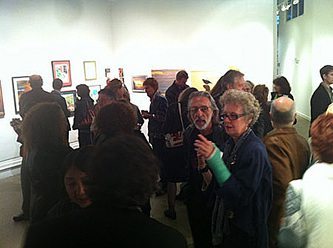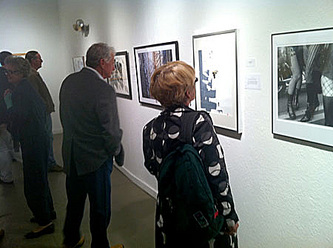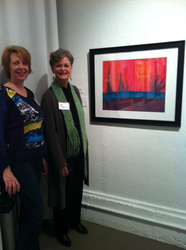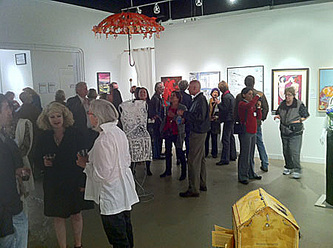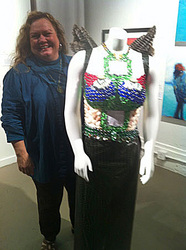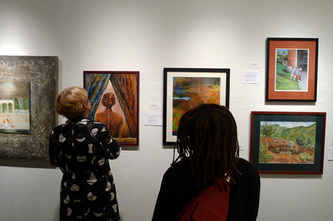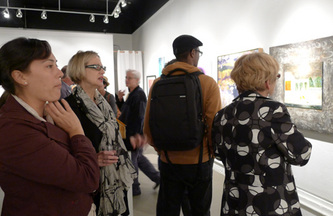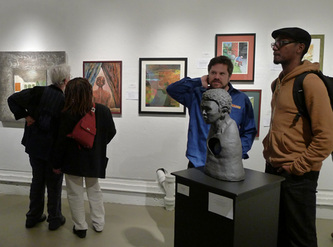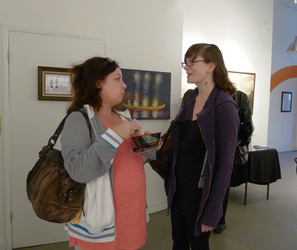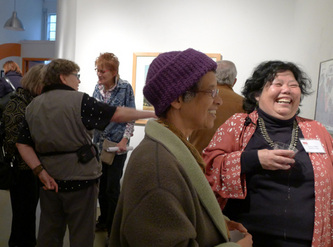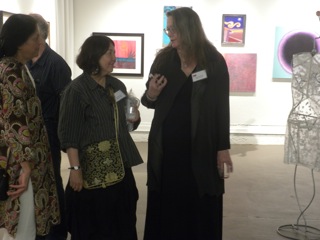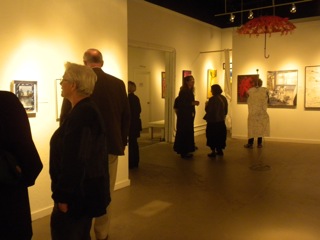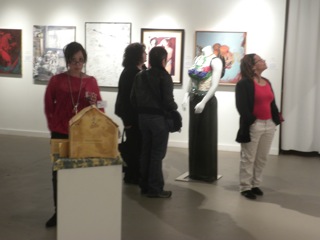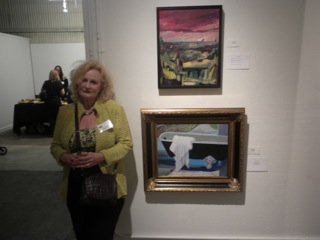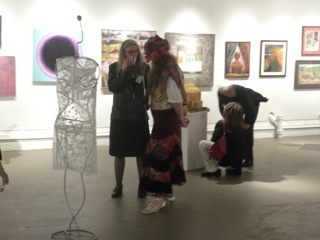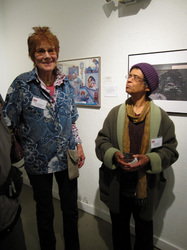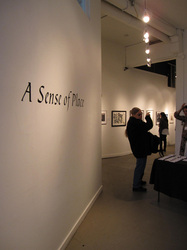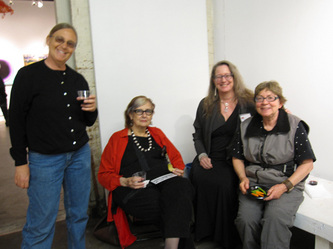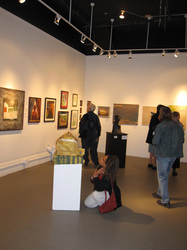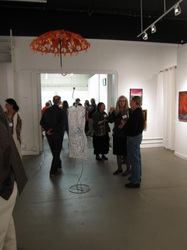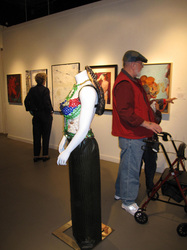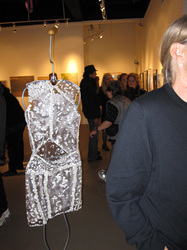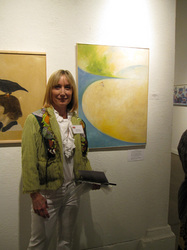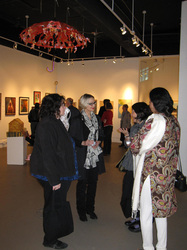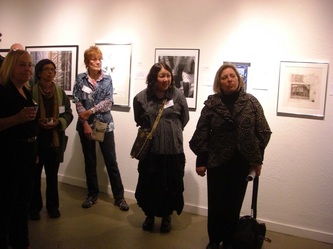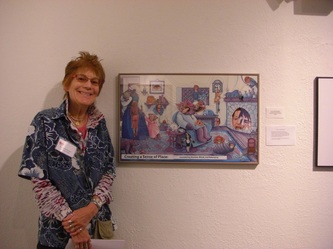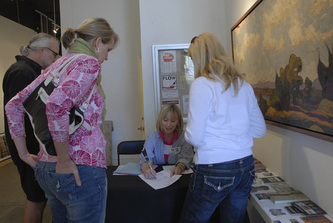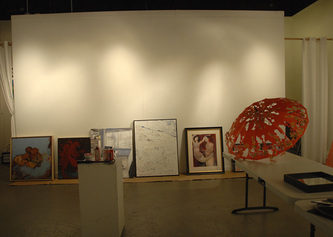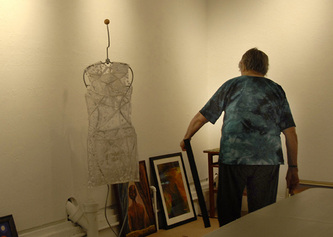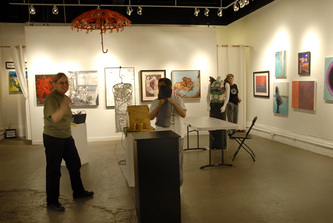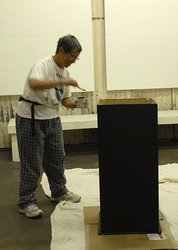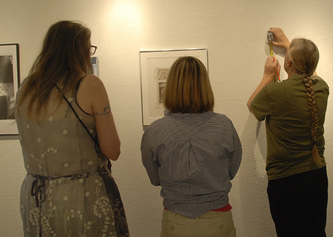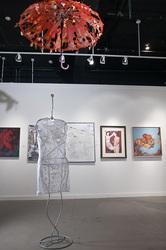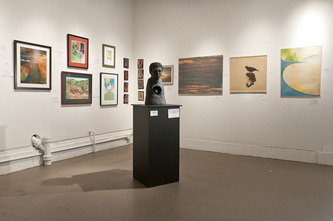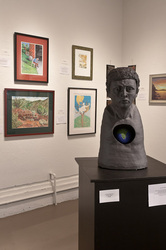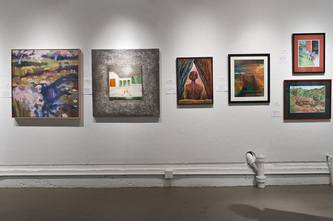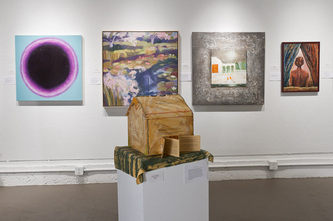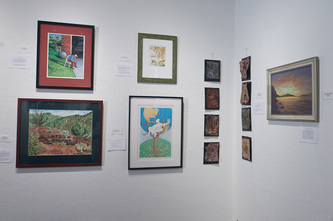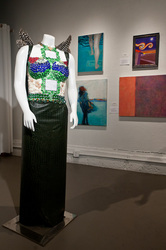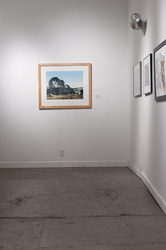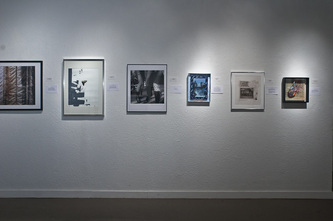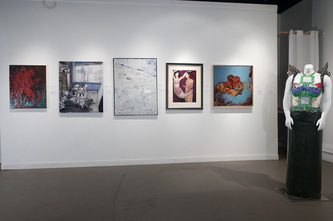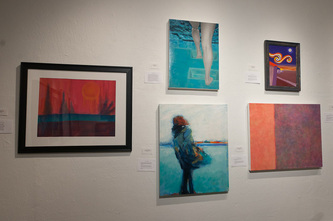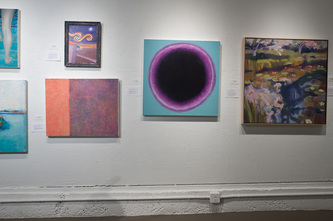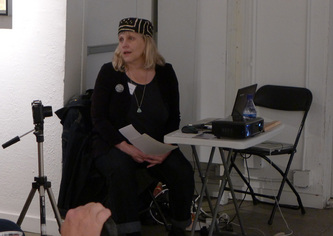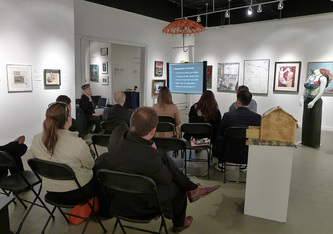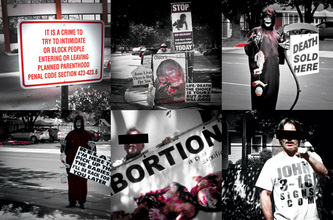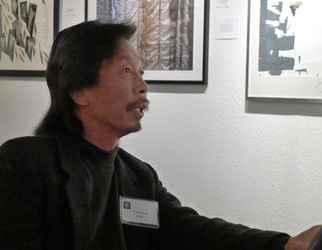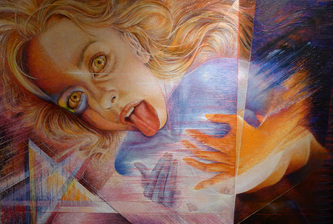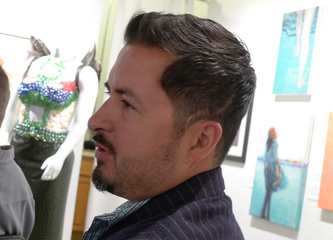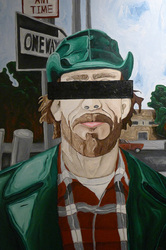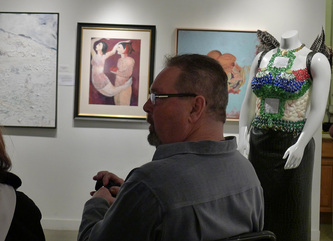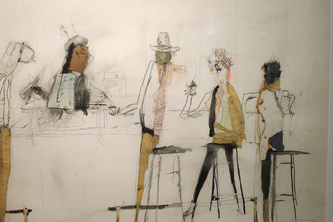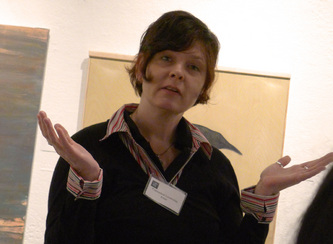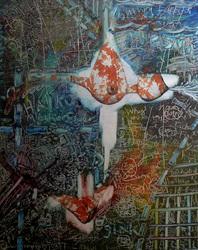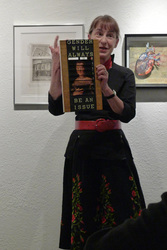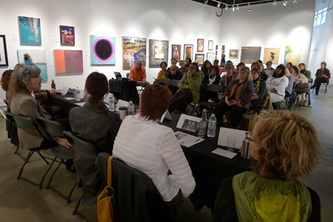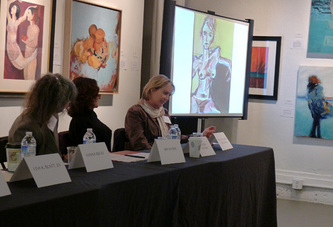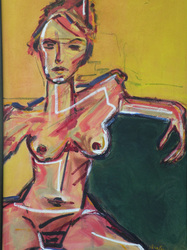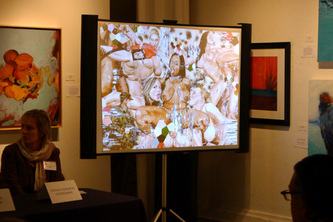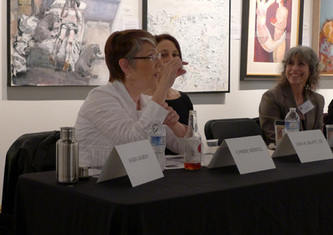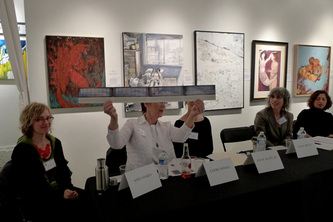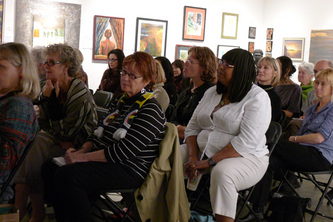A Sense of Place
May 2-21, 2011
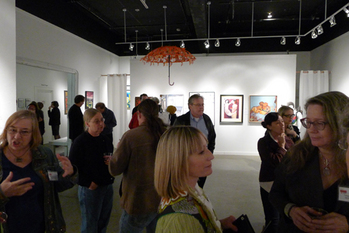
Dates: May 2-21, 2011
Location: Arc Gallery, 1246 Folsom St, San Francisco
Wikipedia defines “a sense of place” as those characteristics that make a place special or unique, as well as those places that foster a sense of authentic human attachment and belonging.
The 2011 NCWCA members' show, "A Sense of Place" concluded successfully on Saturday, May 21 with an artists' talk and reception at Art Gallery.
The membership and the Board achieved these results from "A Sense of Place":
42 artists participated in the exhibition
250 people attended the opening reception
50 people attended the Censorship panel
31 people attended the Censorship pop-up show and artists' talk
25 people attended the Sense artists' talk and closing reception
35 artists signed up to volunteer for at least one activity, several signed up for more than one, and every single person showed up to volunteer!
7 artists donated money to pay for a gallery assistant
80 is what our chapter membership stands after the exhibition, up from 40 in January!
What made "A Sense of Place" successful? The community of artists who made it all possible!
For photographs of the exhibition, see below.
Location: Arc Gallery, 1246 Folsom St, San Francisco
Wikipedia defines “a sense of place” as those characteristics that make a place special or unique, as well as those places that foster a sense of authentic human attachment and belonging.
The 2011 NCWCA members' show, "A Sense of Place" concluded successfully on Saturday, May 21 with an artists' talk and reception at Art Gallery.
The membership and the Board achieved these results from "A Sense of Place":
42 artists participated in the exhibition
250 people attended the opening reception
50 people attended the Censorship panel
31 people attended the Censorship pop-up show and artists' talk
25 people attended the Sense artists' talk and closing reception
35 artists signed up to volunteer for at least one activity, several signed up for more than one, and every single person showed up to volunteer!
7 artists donated money to pay for a gallery assistant
80 is what our chapter membership stands after the exhibition, up from 40 in January!
What made "A Sense of Place" successful? The community of artists who made it all possible!
For photographs of the exhibition, see below.

